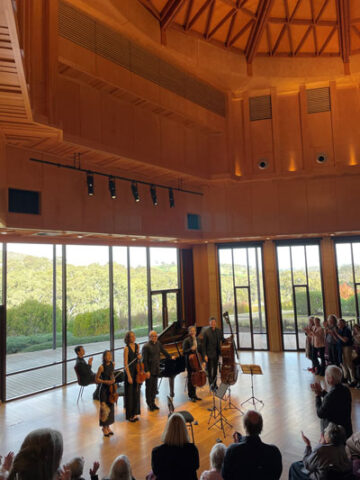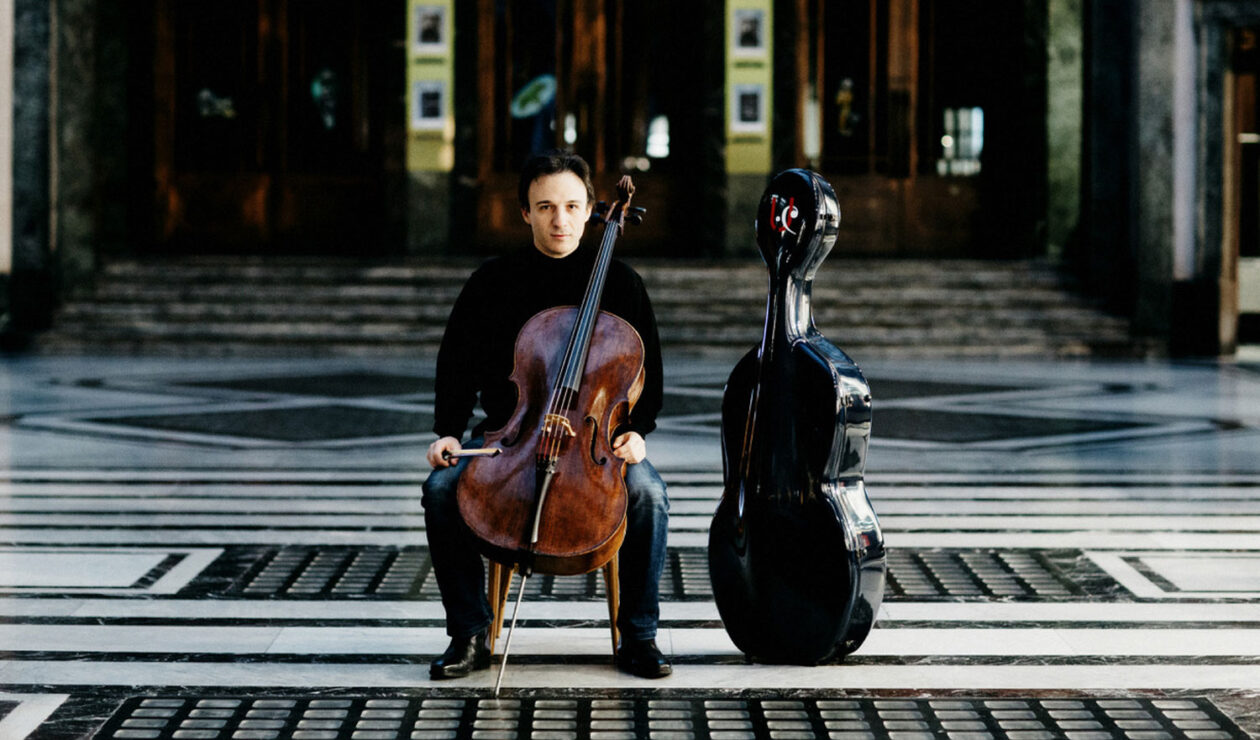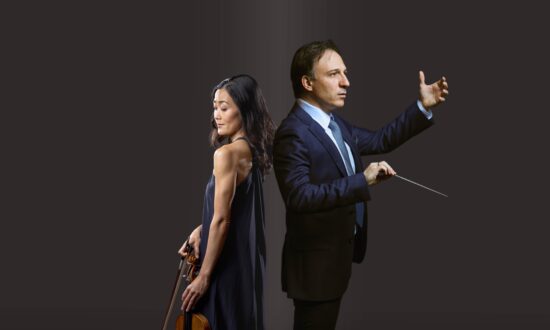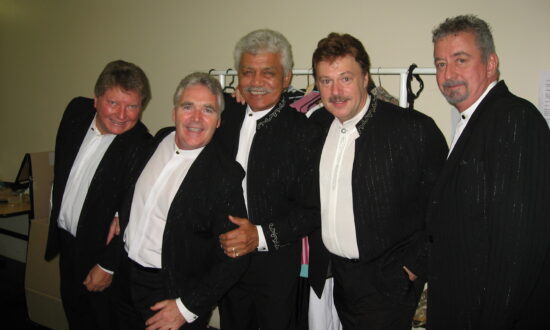A cellist turned conductor, Umberto Clerici is one of Australia’s highest-profile musicians. The surprise was that in 2021, he left the Sydney Symphony Orchestra as its principal cellist to take up the position of chief conductor of the Queensland Symphony Orchestra last year. How he still finds time to play chamber music is anybody’s guess, but this marvellous concert was all the more special for it.
This smartly turned out Italian musician gathered some fine friends for the occasion. Pianist Alexander Gavrylyuk, violinist Natsuko Yoshimoto, violist Stefanie Farrands and double bassist Kees Boersma are to be similarly counted among the country’s leading musicians; and to hear them play one of the treasures of the chamber repertoire, Schubert’s “Trout” Quintet, held particular attraction.
But ahead of that, two early piano trios by Rachmaninov and Shostakovich, composed while they were teenagers, were the concert’s interest in the first half.
Far from being student efforts, these trios emerge as highly formative works that helped cement the composers’ paths to maturity. Committed performances of both made this abundantly clear.
Written when he was just 18, Rachmaninov expresses the darkest despondency in his Trio élégiaque No. 1 in G minor. This wonderfully impassioned piece was triggered by the passing of the Russian composer Nikolai Rubinstein, and it responds to Tchaikovsky’s Trio in A minor, Op. 50, by borrowing the latter’s four-note main theme and finishing with a funeral march.

Umberto Clerici and Friends at UKARIA Cultural Centre.
Against an icy texture of open fifths in cello and violin, this music gathers a head of considerable passion with successive rising waves of melody. Gavrylyuk’s piano playing was masterfully controlled, driven by gravitas and finely sustained inner concentration.
A companionable late addition to the program came in the form of nod to Rachmaninov’s friend and mentor, Tchaikovsky. This was his sweetly melancholic song “None But the Lonely Heart”, here in an arrangement for piano trio and gorgeously played. A lovely touch beforehand was to hear Gavrylyuk read its words, by Goethe, first in Russian and then in English translation.
An even younger Shostakovich wrote his grittily powerful Piano Trio No. 1 in C minor, Op. 8, at the age of 16. In it, he already seems to be speaking to the world about eternal grief and suffering – he wrote it while convalescing in a sanatorium after contracting tuberculosis.
Clearly, Rachmaninov was his inspiration in general matters of style, but Shostakovich’s emotions are darker and sound more dangerous. His first piano trio is gruff and restlessly obsessive through its repeated chromatic three-note motif and perpetual feeling of unresolved tension. This was a performance of great deliberation, serene one moment and grotesque another, propelling the work in its strange new direction. So much of the mature Shostakovich is templated in this early landmark.
Just to note, though: the coda of this work is not original. The last couple of pages were lost and recomposed many years later by one of Shostakovich’s pupils, and the result is too gushing and showy.
With Schubert’s “Trout” Quintet, aka his Piano Quintet in A, D. 667, it was time for the concert’s mounting tension to loosen. Apart from everything else that one can love about this work, it is the most sociable music – a perfect expression of the composer’s “Schubertiads”, or friendly gatherings at which he aired his latest works and generally shared a good time.
So, with something resembling a party atmosphere after interval, the full complement of players assembled with all smiles for this work. With calibre at their level, it was bound to be a fine performance, and in terms of finish and accuracy of ensemble, it certainly was. With exceptionally light and transparent playing, these five musicians’ responsiveness to each other was exacting. Fine chamber music playing involves not treading on each other’s toes, and not for a millisecond did they do this. Every beautiful detail of Schubert’s exuberant music was immaculate.
Yet this cleanest of copybook playing was something to admire more than necessarily fall in love with. Bowing from the string players was all about neatness of timing, less about shaping or following through with line. Gavrylyuk gave melody an affectionate shaping in the opening Allegro vivace, holding things back just a fraction where a singer might, and one wanted the rest of ensemble to share more of this approach. Schubert’s Viennese lilt and feeling of cosy camaraderie – his Gemütlichkeit – call for it.
On the other hand, all went swimmingly when the “trout” melody (from the composer’s early song “Die Forelle”) appears in the fourth movement and is turned into a series of variations. In the theme itself, Yoshimoto’s playing was yielding and lovely, and a legato warmth developed between cello and double bass. Each variation was a marvel and full of character. In the third one, Clerici’s cello bounced along with unbuttoned humour.

Get InReview in your inbox – free each Saturday. Local arts and culture – covered.
Thanks for signing up to the InReview newsletter.
His spirit lifted the whole ensemble, and UKARIA felt like a Schubertiad. One could have not wished for more.
Umberto Clerici and Friends took place at UKARIA Cultural Centre on August 31 and September 1. This is a review of the first concert
Support local arts journalism
Your support will help us continue the important work of InReview in publishing free professional journalism that celebrates, interrogates and amplifies arts and culture in South Australia.
Donate Here




